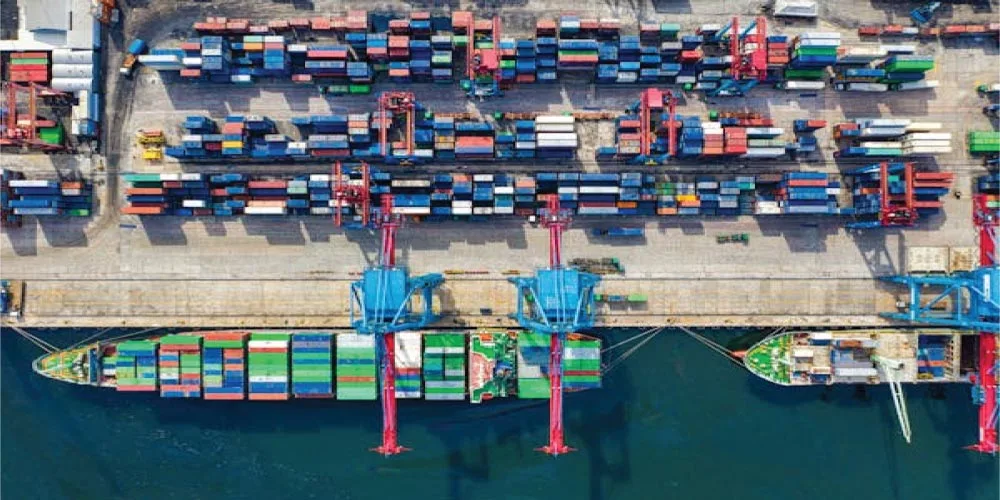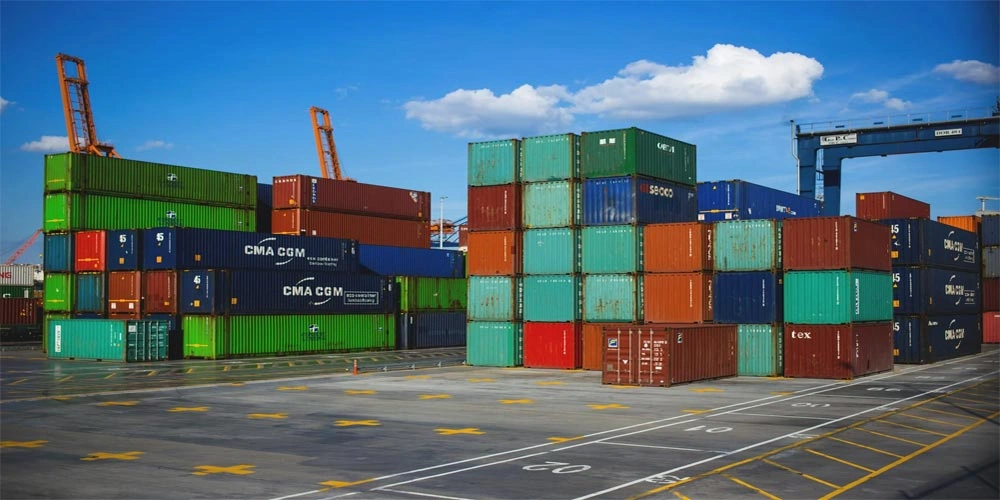COVID-19 and the Global Economy

COVID-19 and the Global Economy in 2020: A Brief Retrospective
The COVID-19 pandemic, already with a body count of close to 3 million human lives (as of April 10, 2021), continues to rampage the world at large since the first outbreak of the novel coronavirus on December 31, 2019 in China. As extraordinary as the measures have been to arrest the spread of the contagion, till date these have proved poor mitigants – the coronavirus has shocked and awed even the most robust healthcare systems in the most affluent of countries, while dealing punishing blows to the global economy.
A Quick and Sharp Contraction of the Global Economy
2020 was witness to an accelerated economic recession, with figures from the International Monetary Fund (IMF) pointing to a negative 4.4 percent global GDP growth. This decline is owed to the mandatory disease containment protocols instituted in almost all countries that required their factories, businesses, and communities to be put under lockdown, causing severe production, supply, and consumption disruptions. This “Great Lockdown”, as it has come to called, has led to a sharp rise in unemployment across the world, with the World Bank estimating that at least 88 million people have been pushed into extreme poverty in just the past 12 months. In fact, global merchandise trade last year plummeted by almost 19 percent against its 2019 value of US$19 trillion.
Disruption of the Global Supply Chains
94% of the Fortune 1000 companies suffered from supply disruptions because of the pandemic, according to one report from Fortune magazine. No less than 5 million companies across the world have at least one supplier based in China’s Wuhan, the epicenter of the novel coronavirus, which was under strict lockdown during the first two quarters of 2020. As China and other major supply-side countries closed their ports, the rest of the world faced shortages in pharmaceutical ingredients, medical ventilators, biohazard protection equipment, and even food.
Business Sectors Most Impacted by the Pandemic
COVID-19 mobility restrictions and related uncertainties have most adversely affected the aviation, manufacturing, tourism, retail (malls and shops), oil and gas drilling, financial, construction and education sectors. In fact, most micro-, small-, and medium-sized enterprises have suffered brutally, many to the point of closure, during 2020.
Business Sectors Boosted by the Pandemic
The prolonged lockdowns created demand surges for remote working tools (such as Zoom), remote learning platforms (such as Google Classroom), subscription-based entertainment platforms (e.g., Netflix), last-mile logistics, pharmaceuticals, medical devices, contactless technology, and virtual healthcare.
Concluding Remarks
The world will, over time, recover from its economic losses. A full recovery in global trade to pre-pandemic levels is forecasted to take at least 4 years, assuming the contagion is successfully contained by mid-2022 with a worldwide COVID-19 vaccination drive. The silver lining is that some vaccines have been approved for use in the US, the UK and the EU. An economic bounce-back in these economies will accelerate recovery in others. Be that as it may, the true emotional costs exacted by the pandemic is likely to remain unknowable.




